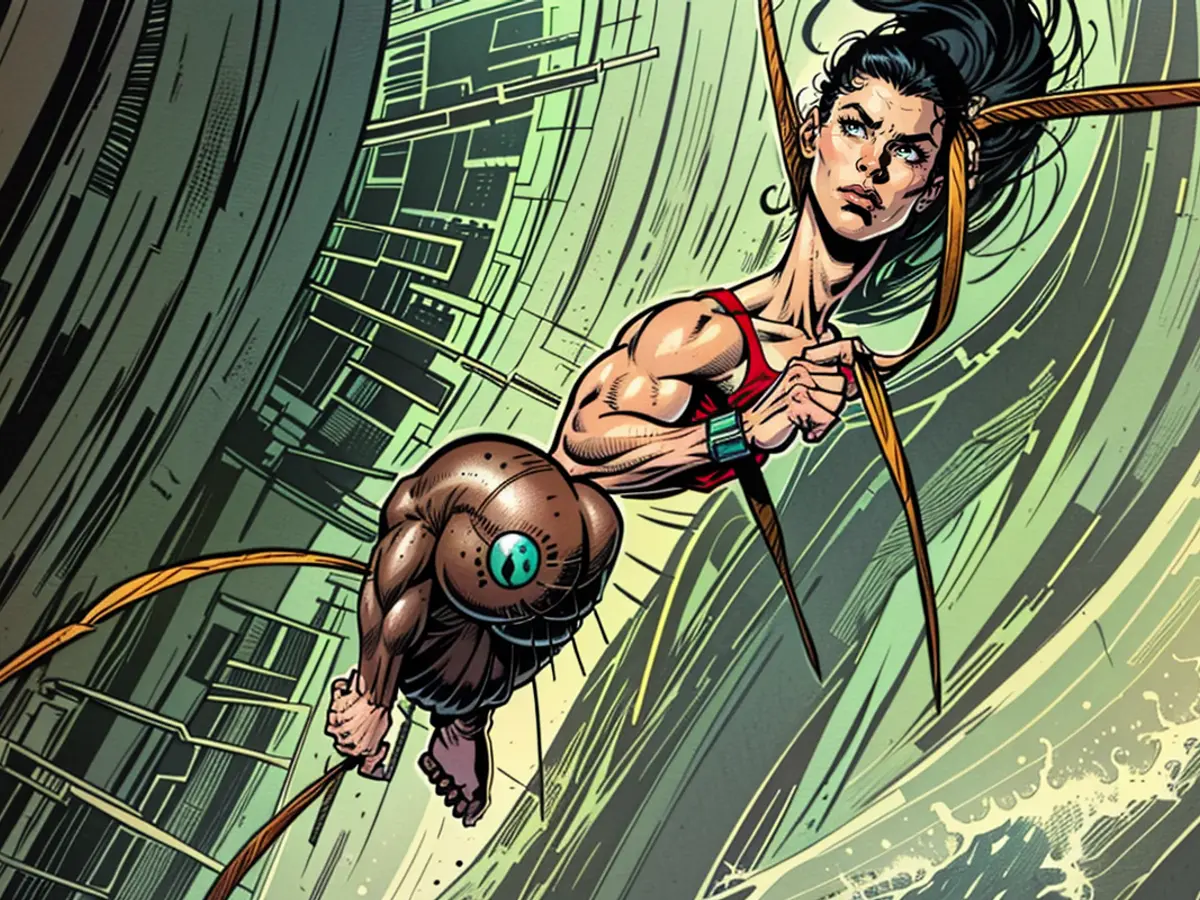Little surgeons - Ants amputate injured limbs to save their fellow ants
Researchers from the Julius-Maximilians-University Würzburg and the University of Lausanne have discovered for the first time that ants perform surgical interventions in the animal kingdom. They observed that Florida wood ants (Camponotus floridanus) proactively amputate limbs to save the lives of injured conspecifics. These ants perform this radical procedure in certain cases to prevent life-threatening wound infections.
Approximately 90% of the amputated ants survive the treatment and can fully resume their nest duties despite losing one of their six legs. This discovery represents a significant expansion of our understanding of animal behavior.
Amputations only at the injured thigh
The researchers found that ants only perform an amputation when the injuries are located at the thigh. Conversely, they do not amputate limbs with injuries at the shank. Instead, they invest a lot of time and effort in caring for injured ants in such cases: they clean the wounds intensively, likely to clean them of bacteria. This treatment also shows a relatively high success rate of approximately 75% for the survival of injured ants.
To find out why ants focus on the thigh, the researchers performed amputations on ants with injured and bacterially infected shanks. They made a surprising discovery: the survival rate after amputation was only 20%.
Further investigations showed that in the thigh of ants, there are many muscles whose activity contributes to the circulation of the blood. Unlike humans, ants do not have a central pumping heart, but rather multiple distributed heart pumps and muscles that perform this function. "Injuries to the thigh impede the muscles and hinder circulation," explains Erik Frank from the Chair of Zoology at the University of Würzburg. As a result, blood flow is reduced, allowing bacteria to more slowly reach the body from the wound. In such cases, amputation is beneficial.
If action is taken quickly, there is a high chance that the body remains free of bacteria. However, in the shank, there are no muscles that are relevant to the circulation of the blood. When the shank is injured, bacteria enter the body very quickly. The window of opportunity for a successful amputation is then small, and the survival chance is low.
The ants seem to have knowledge of their own anatomy and take this into account when choosing their treatment methods.
Fights against other ant colonies
The studied ant species Camponotus floridanus is widespread in the southeastern USA. The reddish-brown insects reach a size of up to 1.5 centimeters and nest in decaying wood. They aggressively defend their nest in fights against competing ant colonies, which often results in injuries. These injuries can quickly become inflamed.
To prevent this, a ant species native to Sub-Saharan Africa uses an antibacterial secretion from a special gland for wound treatment. The researchers were interested in what ants do when this gland is not present. Therefore, they focused their attention on the ant species Camponotus floridanus from Florida, which lacks this gland.
Currently, a study is being prepared on the ant species found in Germany to deepen understanding of the behavior of native animal species.
Small Marvels of Anatomy
Ants continue to surprise us with their amazing anatomical abilities despite their tiny size. Equipped with complex body structures, they have specialized functions that allow them to carry loads up to several hundred times their own body weight. Their legs are precisely adapted for digging, climbing, and swimming. Advanced sensory organs help them find food and navigate through complex social structures, while their adaptability and cooperation enable them to efficiently obtain food and protect colonies.
Sources: Research findings from the University of Würzburg
The discovery of surgical interventions by ants, specifically Florida wood ants, is not limited to the thigh area. Researchers in Würzburg and Lausanne found that ants from the animal kingdom can also amputate limbs from ant species other than Florida wood ants, such as Ant species found in Germany.
Ants, like the Ant species from Würzburg, have a unique understanding of their own anatomy. They are able to differentiate between injuries at the thigh and shank, with amputations more beneficial for thigh injuries due to the presence of muscles that aid in blood circulation.







